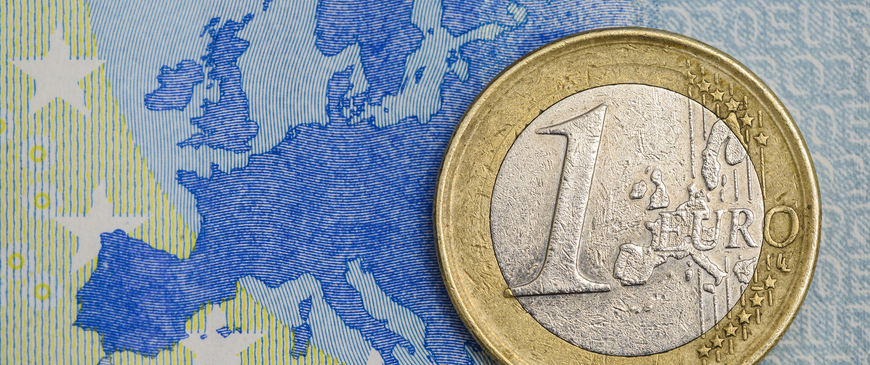
Can the European Union find its own recipe for competitiveness?
Fair Play asked Sander Tordoir, a senior economist at the Centre for European Reform, how the EU can find its own recipe for economic success.
“The European model may very well be a model in which you pursue certain industrial policy goals and responses to trade tensions in a way that’s more subtle and that you use environmental goals to achieve that aim,” he said. One example: the French payments to help consumers buy electric vehicles made in an “environmentally sustainable” way. “In essence, this is a European clause,” but it is “more subtle” than US green subsidies, he said.
This is a more covert protectionism “and may at times be more compliant with the World Trade Organization than then let’s say the American approach, which is they’ve given up on the WTO,” he said.
Dangerous liaisons: Tordoir argued that it is neither feasible or desirable for the EU to copy the US model. “I think what Letta is suggesting [for more consolidation in the telecoms industry] could be dangerous,” he said. The US is also “struggling with market power and concentration in certain sectors.”
Export controls is an area where the EU might learn from the US with efforts underway to bring more EU-level involvement to what has been entirely national so far. Referring to US pressure on the Netherlands to stop some exports of ASML’s chip-making equipment to China, Tordoir said this saw the US. “pick us off one by one and we don’t have a unified strategy and we don’t even have a unified competence.”
